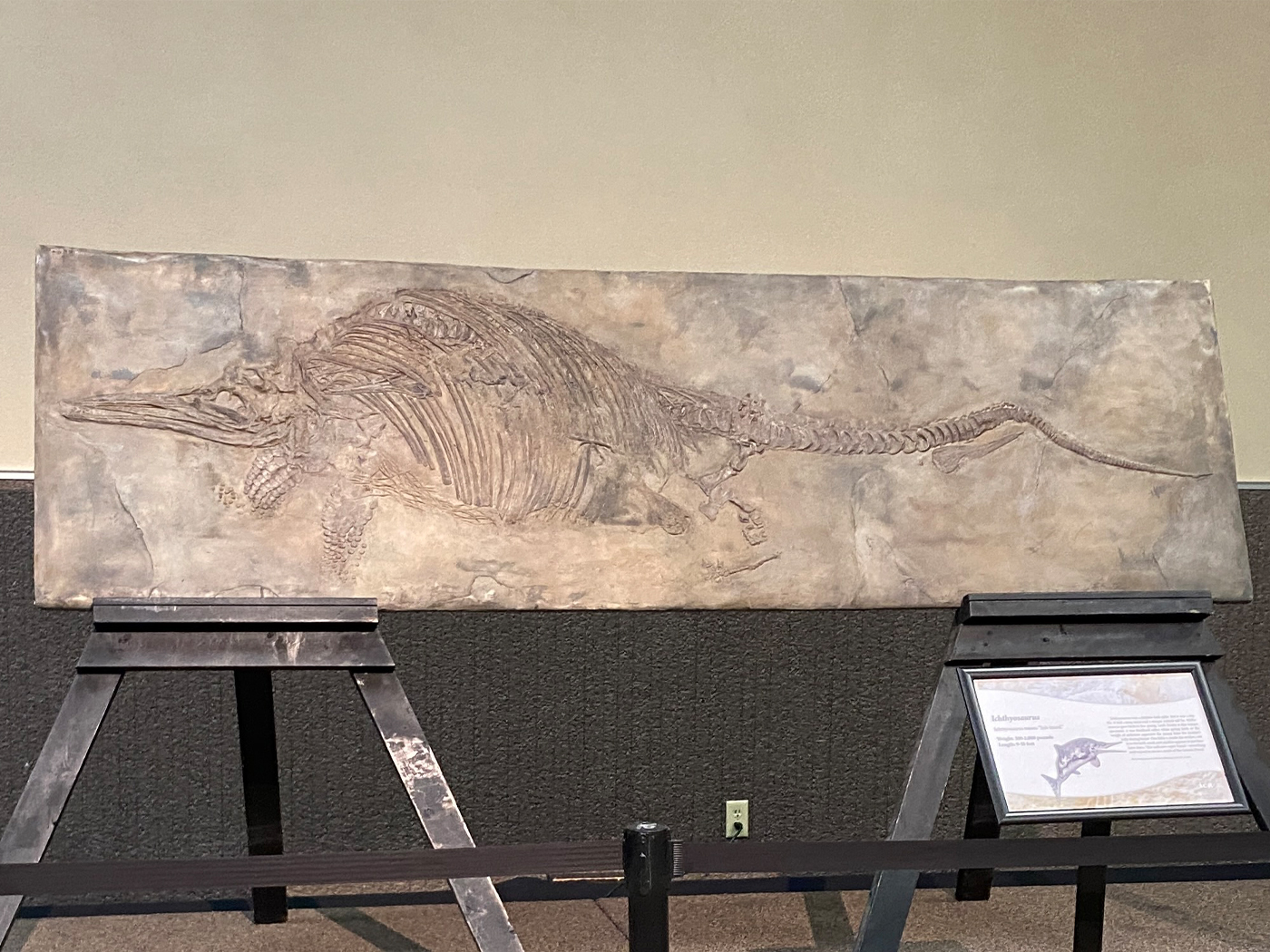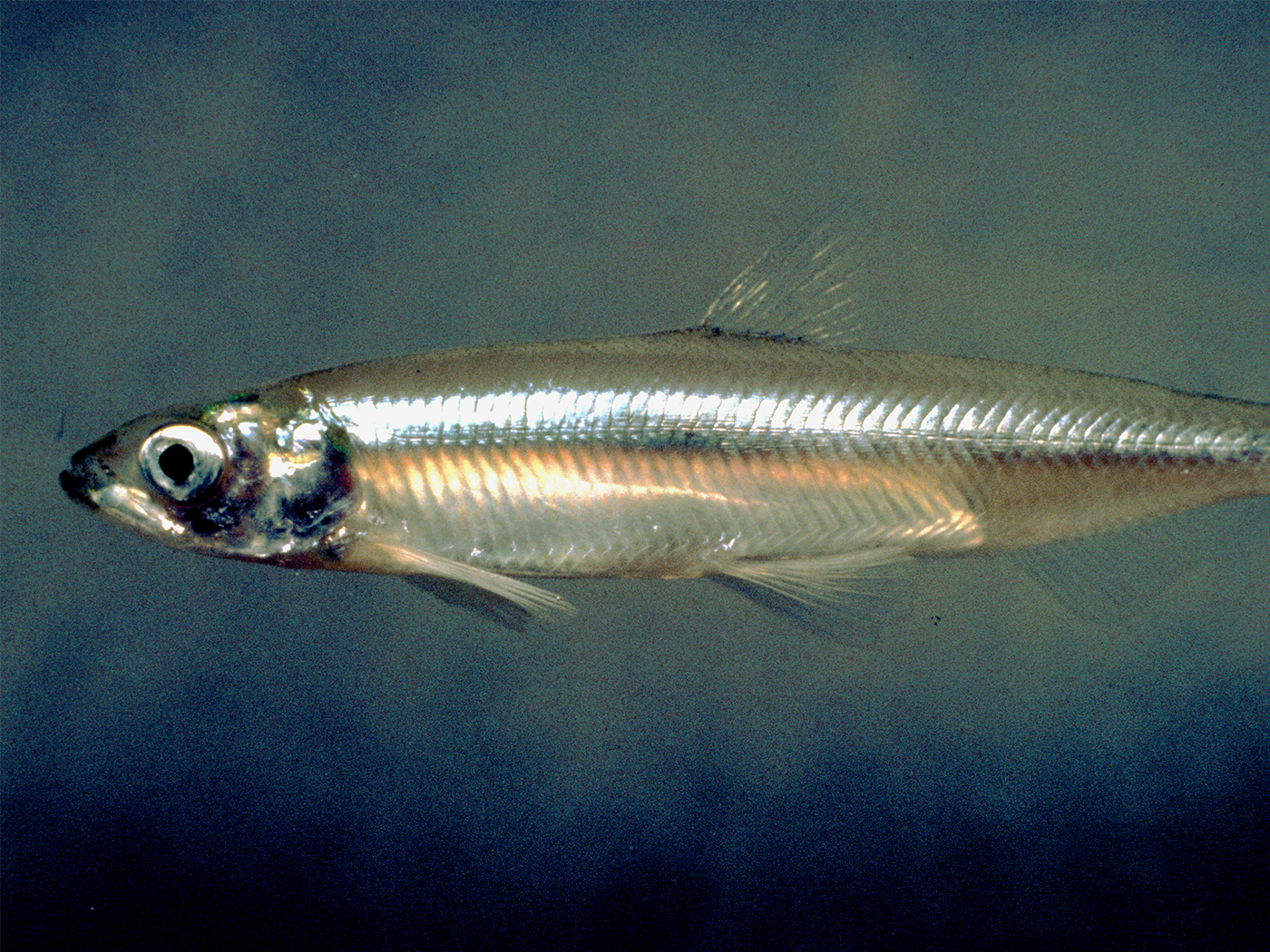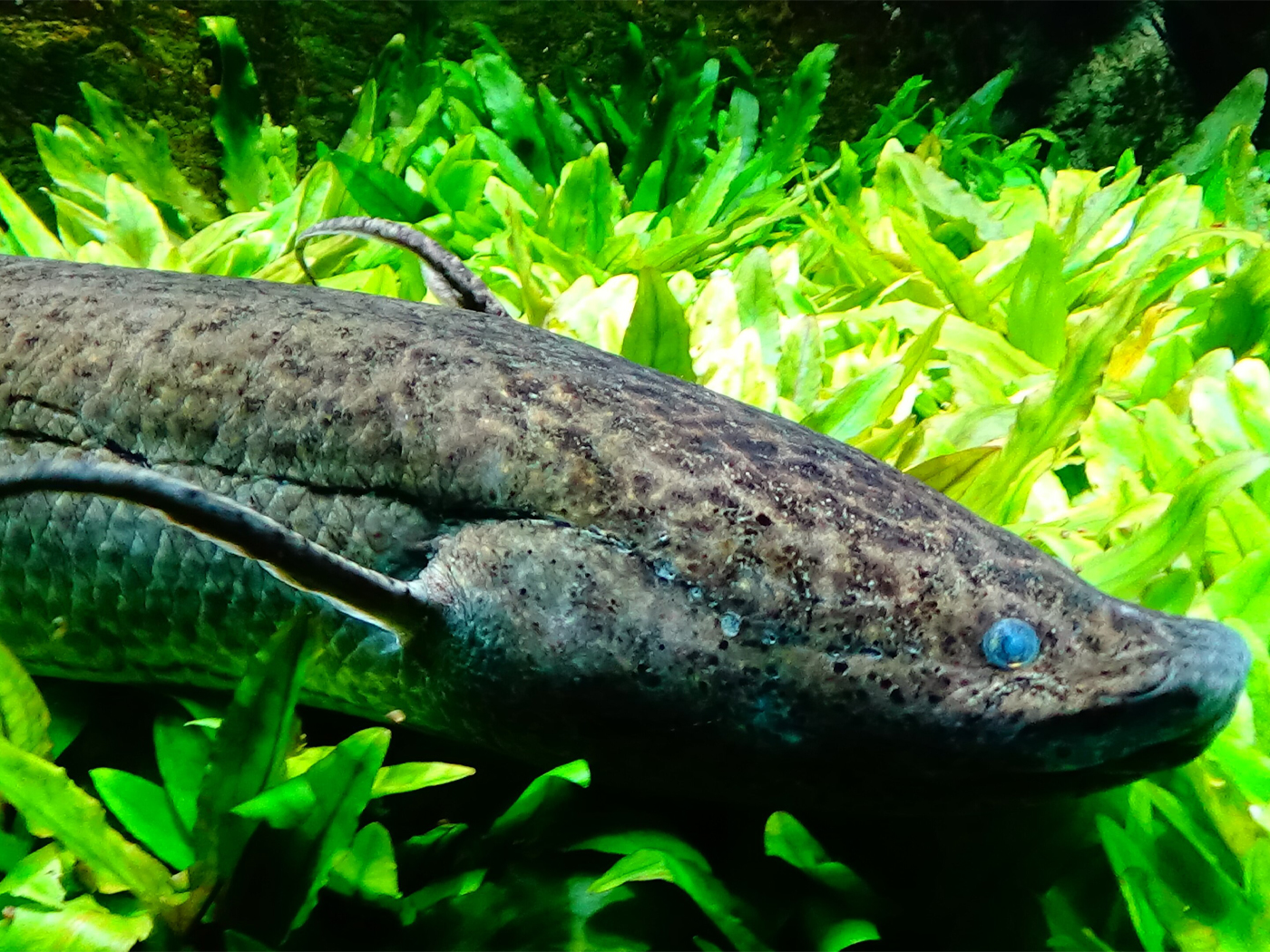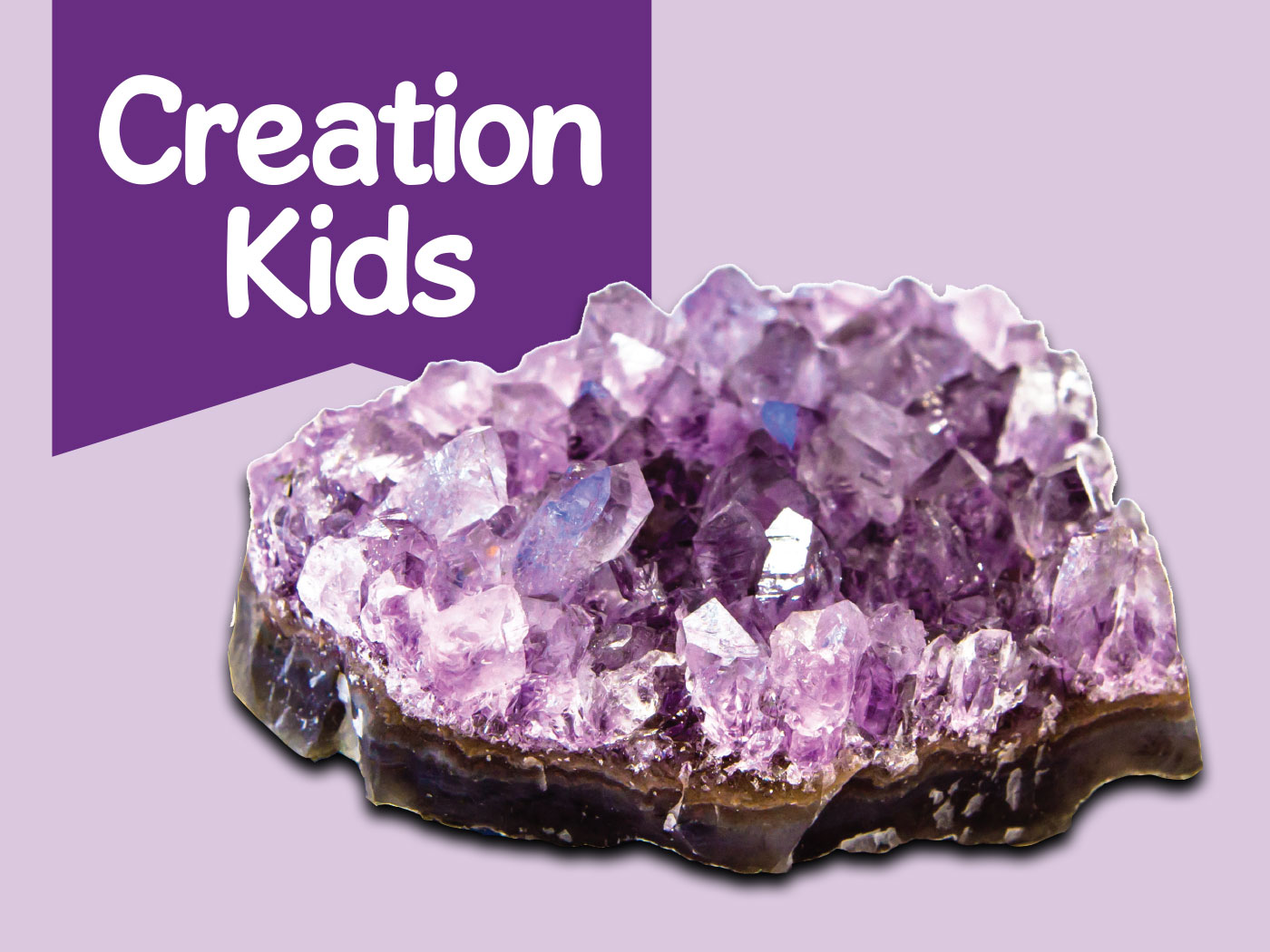Hopes of finding life on Mars have been consistently dashed by data clearly showing that the planet's surface would be extraordinarily hostile to anything resembling a living cell. Scientific studies have demonstrated that conditions there would quickly put an end to any incipient life form.
Mars has virtually no atmosphere, exposing the surface to plenty of unfiltered solar radiation. Its surface temperature is also too cold to sustain living organisms. The oxidized iron that colors the rocks red is hazardous to life. And to add insult to injury, a new study has discovered yet another apparent reason why the red planet remains dead.
Scientists had hoped that methane could have played a role in the spontaneous generation of life on Mars.1 In an effort to explain Mars' methane, which is sent up in summertime plumes, chemists experimented with some of the chemicals and conditions that exist on the planet's surface.
The researchers found that sunlight in conjunction with tiny red oxide particles destroys various carbon-containing compounds in the laboratory in what are called "photodegradation" reactions. Among many other parts and parameters, living cells need carbon.
Amino acids and short protein pieces form some of the most vital carbon-containing components of living cells. According to the lab results, on Mars' surface these small chemical building blocks of life are being efficiently and irreversibly turned into crystalline minerals by combining with metals like iron and forming stable salt compounds. This leaves them totally unavailable to chemically "evolve" into life forms.
The researchers tested other compounds like "kerogen" that, although not found in cells, are carried to Mars' surface by impacts and theoretically could provide carbon from which life could "emerge." But these compounds got mineralized, too.
They also found that any light would suffice to accomplish these reactions, not just a special wavelength. Thus far, "the import of our studies is negative" because "the occurrence of this photodegradation is inconsistent with the hypothesis that chemical evolution of the organic component of the soil results in the accumulation of stable...molecules in martian soil."2
However, they did find that these processes generate methane. Though this may explain the plumes on Mars, methane is one of the simplest and smallest carbon-containing molecules, and is "photolytically unstable (with a half-life that can be as short as 200 days under martian conditions)"2 and could therefore not undergo "chemical evolution" either.
Even if methane did not self-destruct so quickly on Mars, and if it did somehow "evolve" into larger, more significant organic molecules, these would also become locked into minerals through photodegradation.
Overall, "the inescapable conclusion is that the protracted survival of these products is unlikely [because]…a planet that is covered by highly dispersed photocatalyst and generously bathed in UV light is a hostile environment for long-term preservation of organic and bioorganic molecules."2 And without so much as the survival of the chemical compounds necessary for life, any hypothesis regarding their concentration and organization into some semblance of life by natural means is frankly laughable.
References
- Thomas, B. Methane on Mars: The Stuff of Life? ICR News. Posted on icr.org January 19, 2009, accessed June 10, 2010.
- Shkrob, I. A., S. D. Chemerisov and T. W. Marin. 2010. Photocatalytic Decomposition of Carboxylated Molecules on Light-Exposed Martian Regolith and Its Relation to Methane Production on Mars. Astrobiology. 10 (4): 425-436.
Image credit: The Viking Project, M. Dale-Bannister WU StL, NASA
* Mr. Thomas is Science Writer at the Institute for Creation Research.
Article posted on June 18, 2010.



















